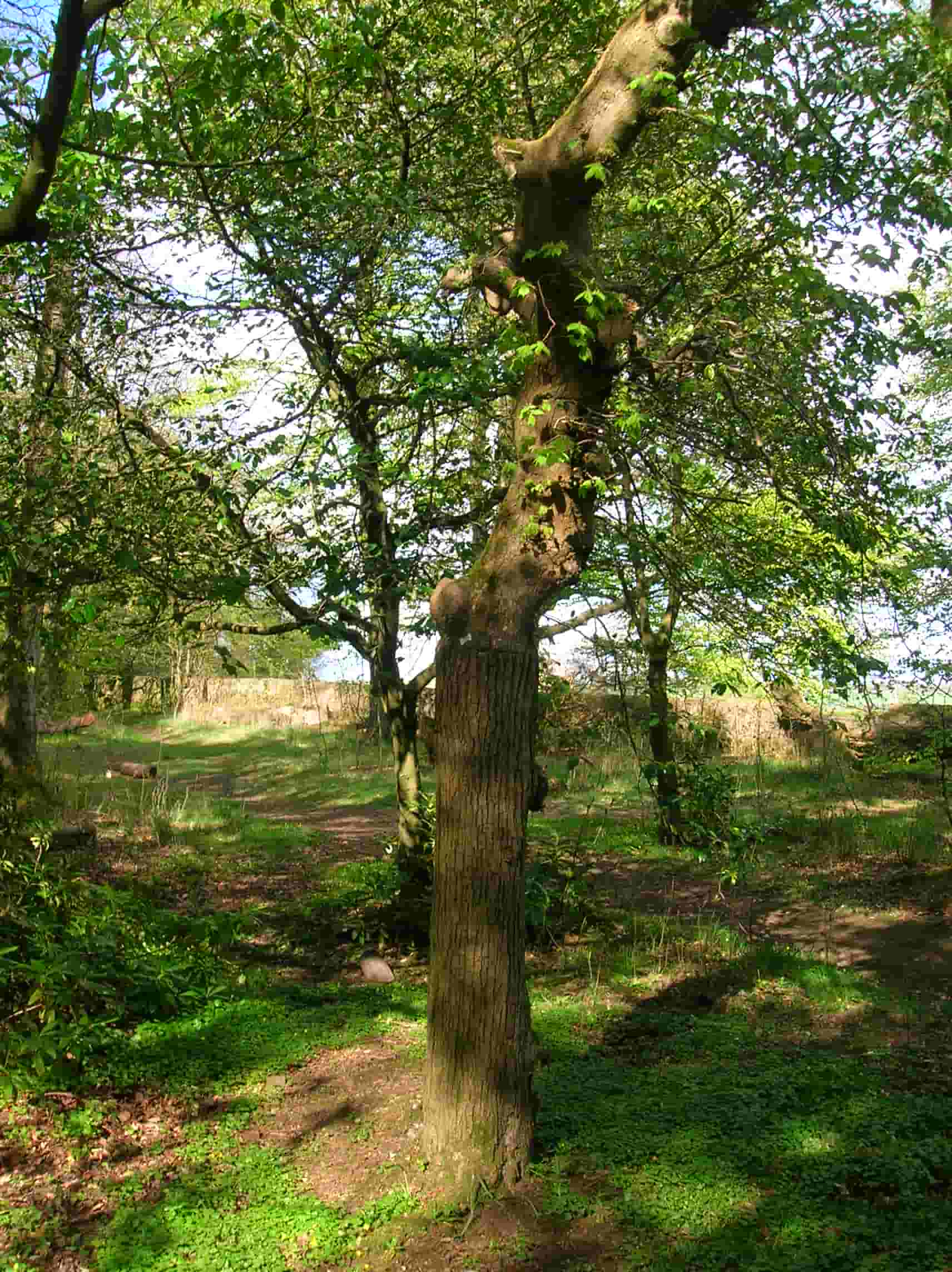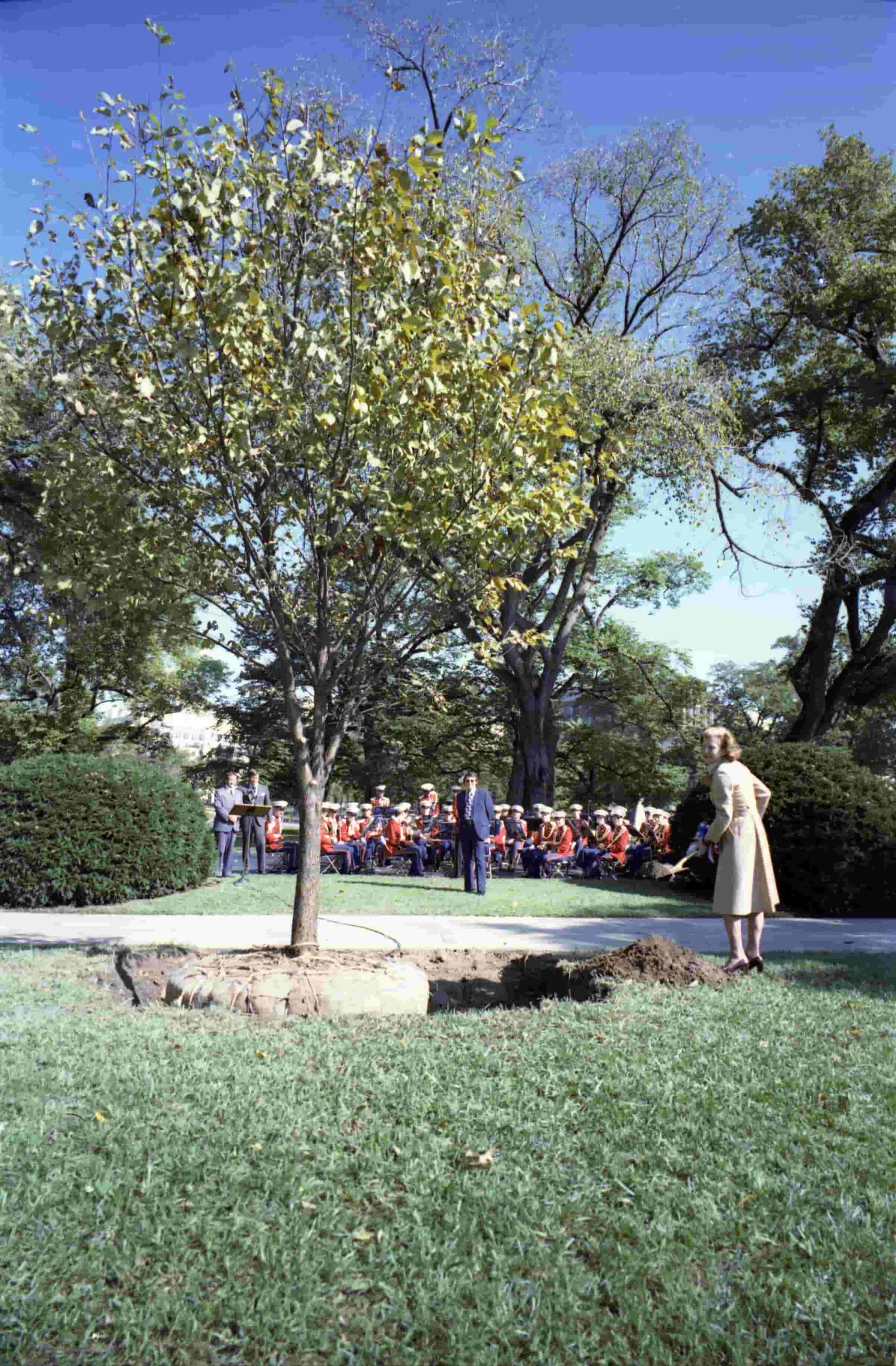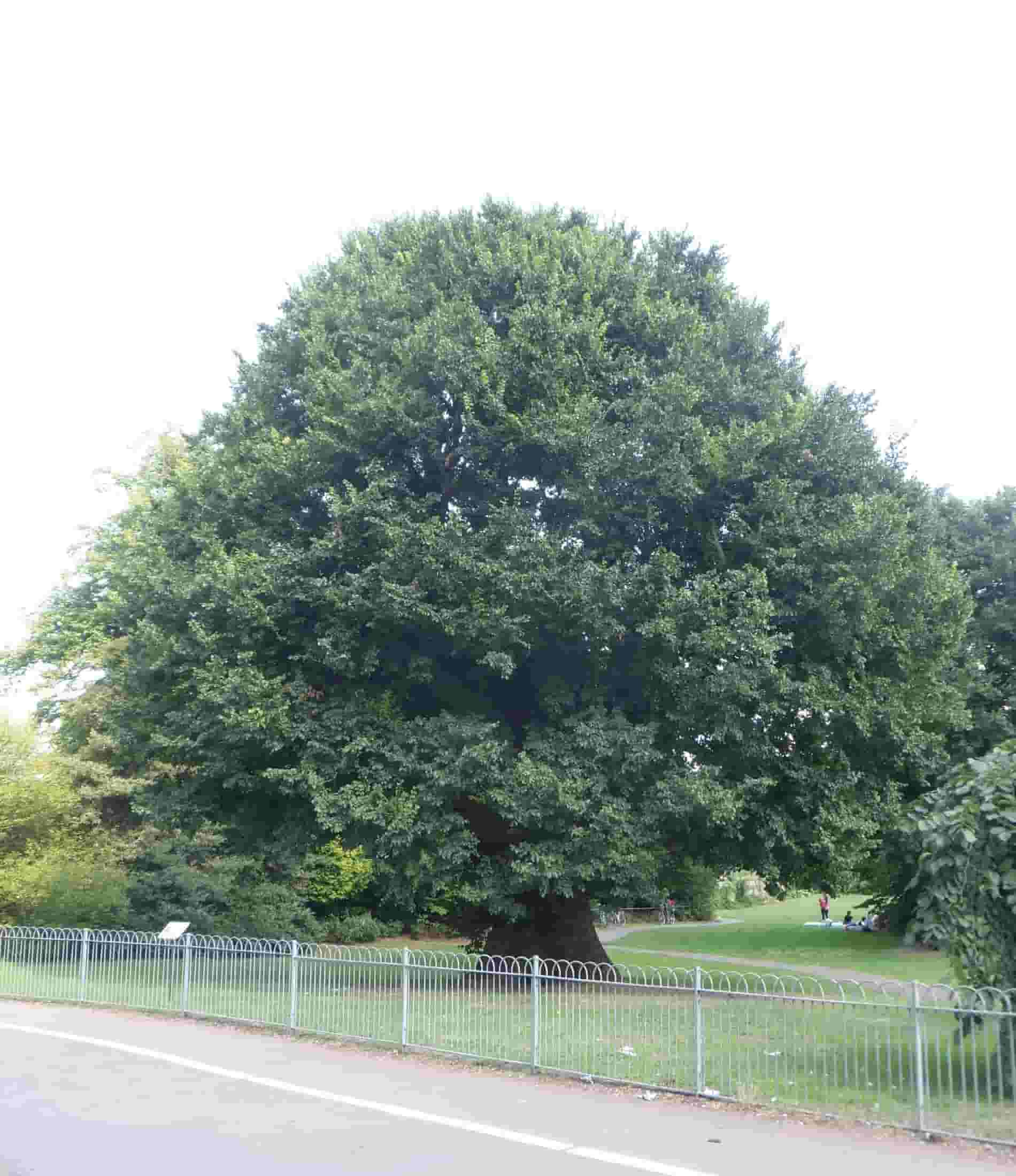Introduction
Elm trees (Ulmus spp.) are majestic and resilient trees that have captivated humans for centuries. With their distinctive shape, elegant leaves, and rich historical significance, these trees continue to be cherished and admired in various landscapes around the world. This page will discuss elm trees’ traits, varieties, advantages, risks, and conservation activities. It will also offer advice on how to grow and take care of these magnificent trees.
Characteristics of Elm Trees

Appearance and Size
These trees are known for their tall and graceful stature, reaching heights of up to 100 feet or more. They have a symmetrical shape with a broad, vase-like crown that provides ample shade and adds to their aesthetic appeal. The trunk of an elm tree is usually straight and sturdy, contributing to its overall robustness.
Leaves and Bark
Elm tree leaves are typically oval-shaped with serrated edges and prominent veins. They showcase a vibrant green color during the spring and summer, transitioning to shades of yellow and gold in the fall. The bark of these trees is often rough and fissured, displaying a grayish-brown tone.
Elm Tree Varieties
American Elm (Ulmus americana)
The American Elm is a native species found in North America. It gained prominence for its grandeur and was a common sight in urban landscapes before the arrival of Dutch Elm Disease. American Elm variety trees have an arching canopy, and their leaves turn a beautiful golden-yellow hue in the fall.
Slippery Elm (Ulmus rubra)
Slippery Elm, also known as Red Elm, is known for its unique mucilaginous inner bark, which has been traditionally used for medicinal purposes. This variety of elm tree is more compact and suitable for smaller spaces, making it a popular choice in residential gardens.
English Elm (Ulmus procera)
Originating from Europe, the English Elm is a deciduous tree with a fast growth rate. It has an umbrella-shaped canopy, and its leaves are larger compared to other elm species. The aesthetic appeal and versatility of the English elm have led to its widespread cultivation.
Historical Significance

Elm Trees in Literature and Mythology
Throughout history, these trees have held a special place in literature and mythology. They have been mentioned in various ancient texts and often symbolize strength, wisdom, and protection. Elm trees are often associated with goddesses, such as Athena and Hera, further emphasizing their significance in ancient cultures.
Elm Trees in Landscaping and Urban Environments
These trees have been extensively planted in public parks, gardens, and urban landscapes due to their shade-providing capabilities and ornamental value. They add a touch of elegance to city streets and serve as a symbol of natural beauty in concrete jungles.
Benefits of Elm Trees
Environmental Benefits
These trees offer several environmental benefits. Their large canopies provide shade, reducing the heat island effect in urban areas and helping to mitigate the impact of climate change. These trees also contribute to air purification by absorbing pollutants and releasing oxygen into the atmosphere.
Economic Benefits
The economic benefits of elm trees are significant. Their presence enhances property values and attracts tourists and visitors to areas where they are prominently featured. Additionally, the timber produced by these trees is of high quality and can be used in furniture manufacturing and other woodworking industries.
Threats and Conservation Efforts

Dutch Elm Disease
One of the most significant threats to these trees is Dutch Elm Disease (DED). This fungal disease is spread by elm bark beetles and has caused the loss of millions of elm trees worldwide. Efforts to combat DED include the development of resistant elm varieties and the implementation of preventive measures, such as pruning infected branches.
Elm Conservation Programs
To safeguard the future of these trees, various conservation programs have been established. These initiatives focus on research, breeding programs, and public awareness campaigns to promote the importance of preserving and planting disease-resistant elm trees. Elm conservation programs aim to restore the once-iconic presence of elm trees in our landscapes.
Planting and Caring for Elm Trees
Location and Soil Requirements
When planting an elm tree, choose a location that provides ample sunlight and well-drained soil. These trees can tolerate a range of soil types, but they thrive in fertile, loamy soils. Avoid planting them in areas prone to waterlogging or strong winds.
Watering and Fertilization
Proper watering is crucial for the establishment and growth of these trees. Ensure that the tree receives sufficient water during dry periods, especially in the first few years after planting. Additionally, periodic fertilization with a balanced, slow-release fertilizer can promote healthy growth and resilience.
Pruning and Maintenance
Regular pruning is necessary to maintain the health and structure of these trees. To promote air circulation, cut back on the number of congested places and remove any dead or diseased branches. To reduce stress on the tree, pruning should be done in the dormant season.
Conclusion
Elm trees are a testament to nature’s resilience and beauty. Despite the challenges they have faced, these magnificent trees continue to grace our landscapes and provide numerous benefits to the environment and society. By understanding their characteristics, planting disease-resistant varieties, and implementing proper care practices, we can ensure the longevity and preservation of these trees for future generations to enjoy.
FAQs
Q: Can elm trees be grown in small gardens?
A: Yes, certain elm varieties, such as Slippery Elm, are suitable for smaller spaces and can be grown in residential gardens.
Q: Are elm trees prone to any specific pests?
A: These trees are susceptible to Dutch Elm Disease, which is caused by a fungal infection spread by elm bark beetles.
Q: How long does it take for an elm tree to reach maturity?
A: These trees typically take around 20 to 30 years to reach full maturity and their maximum height.
Q: Can elm trees withstand harsh weather conditions?
A: Elm trees are generally resilient, but extreme weather conditions like strong winds and ice storms can cause damage to their branches.
Q: Are elm trees suitable for urban environments with limited space?
A: Yes, certain elm varieties, such as the English Elm, can adapt well to urban environments and thrive in limited spaces with proper care and maintenance.

